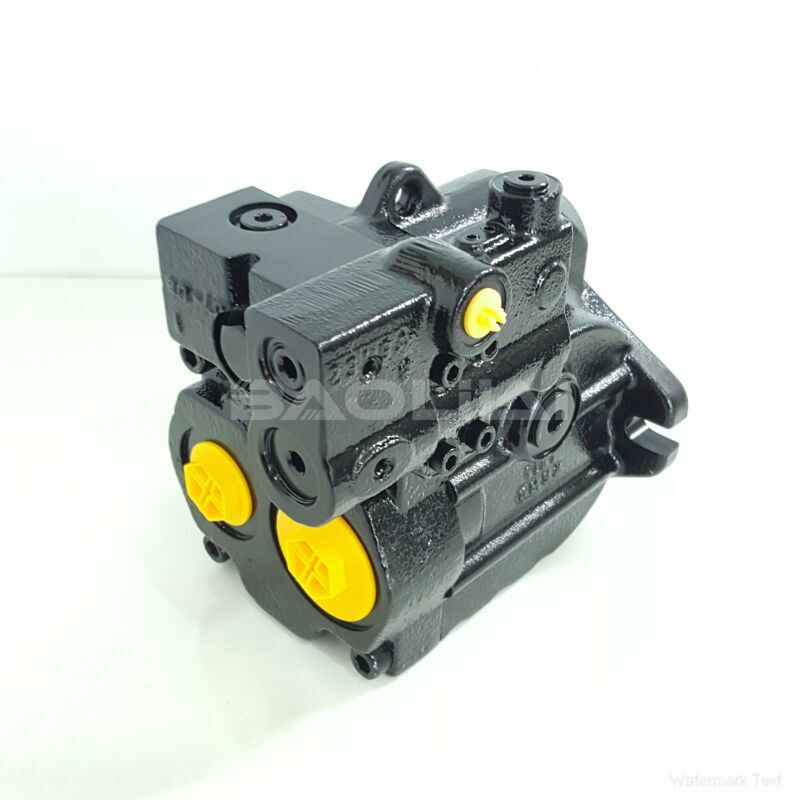KRR045DPC15NNNNN3C2NFA6NPLBNNNNNN high pressure pump
KRR045DPC15NNNNN3C2NFA6NPLBNNNNNN high pressure pump

- Product Details
- Applicable Scene
Hydraulic train lifts and elevators are essential components of modern transportation systems, ensuring the smooth and efficient movement of heavy loads and passengers. The heart of these systems lies in their hydraulic oil pumps, which play a critical role in generating and controlling the hydraulic pressure necessary for lifting operations. In this article, we will explore the key considerations and design principles involved in creating effective hydraulic oil pumps for these applications.
KR-R-045D-PC-15-NN-NN-N-3-C2NF-A6N-PLB-NNN-NNN
KRR045DPC15NNNNN3C2NFA6NPLBNNNNNN
One of the primary factors in designing hydraulic oil pumps for train lifts and elevators is the selection of the appropriate pump type. Common types include gear pumps, vane pumps, and piston pumps, each with distinct advantages. Gear pumps are typically favored for their simplicity and reliability, while piston pumps offer higher efficiency and are ideal for high-pressure applications. The choice of pump type will depend on factors such as the required flow rate, pressure, and the specific operational conditions.

7004288
Flow rate and pressure requirements are critical design parameters. Hydraulic train lifts and elevators often require high flow rates to achieve quick lifting speeds, while also demanding high pressure to support heavy loads safely. Hydraulic pumps must be designed to meet these requirements without compromising efficiency. Engineers must calculate the optimal pump size and configuration, ensuring that the system can operate within the desired range of flow rates and pressures.
Material selection is another vital aspect of pump design. Hydraulic pumps are subjected to high pressures and require materials that can withstand fatigue and wear. Common materials used include cast iron, aluminum alloys, and various high-strength polymers. Additionally, the pump’s internal components, such as seals and bearings, must be chosen carefully to prevent leaks and ensure long service life.
The design of the hydraulic oil pump must also account for thermal management. Hydraulic systems generate heat during operation, and excessive temperatures can lead to reduced efficiency and component failure. Integrating heat exchangers or designing the system to allow for optimal oil circulation can help manage thermal buildup. Additionally, selecting hydraulic fluid with suitable thermal properties is essential for maintaining operational performance.
Another critical consideration is noise and vibration control. Hydraulic systems can produce significant noise during operation, which can be a concern in applications such as elevators located in buildings. Implementing design features that dampen vibrations, such as rubber mounts and sound insulation, can enhance user comfort and compliance with local noise regulations.





